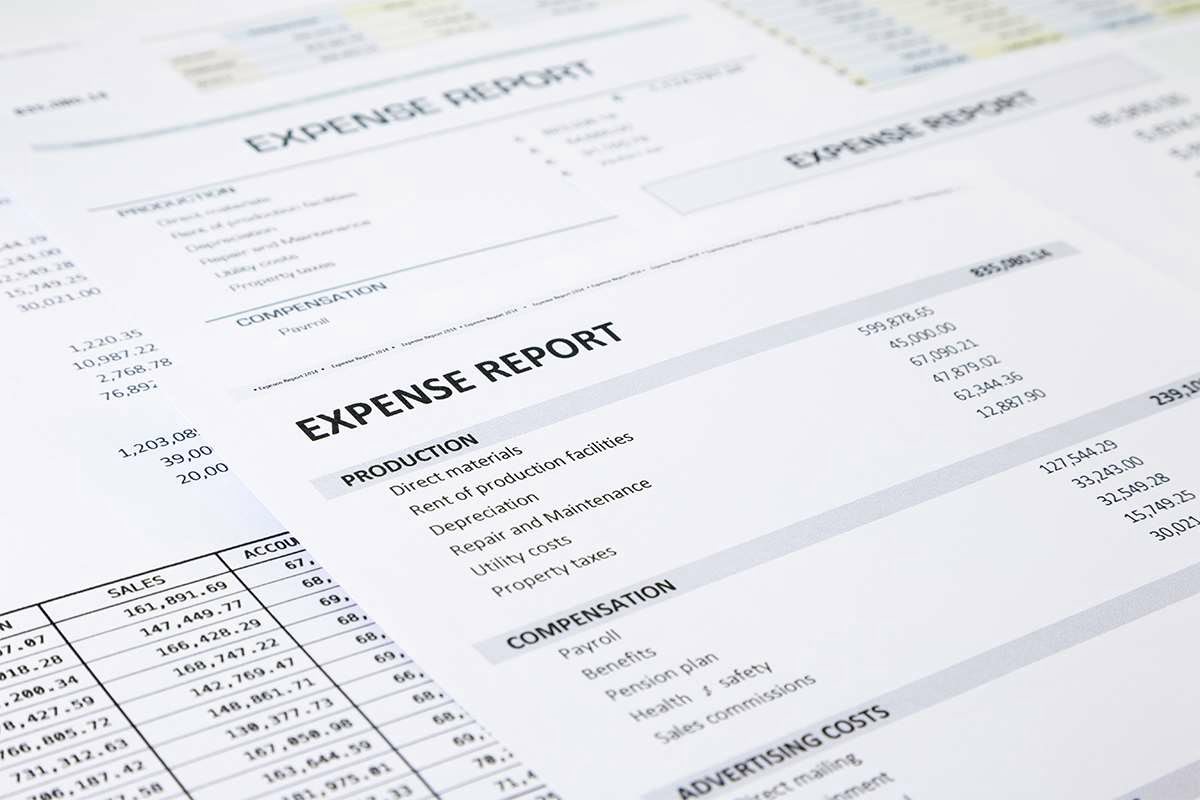What Does FOB Shipping Point Mean? Understanding the Passage of Title to Goods Helping Businesses Ship Smarter

In contrast, under FOB destination, the seller is responsible for the goods (including all shipping costs) until they arrive at the buyer’s specified location or another agreed-upon destination. fob shipping point In contrast, FOB Destination means the seller retains ownership, costs, and risks until the goods are delivered to the buyer’s specified location. The seller is responsible for transportation, insurance, and ensuring the goods arrive safely at their destination.
What is the Difference Between FOB Shipping Point and FOB Destination?
- The terms are used interchangeably to describe a shipping agreement and signify the same rules and conditions regarding the transfer of risk and costs in international transactions.
- Navigating the complexities of international shipping is a challenge, and understanding terms like FOB shipping point is crucial in ensuring efficient freight movement.
- When transporting products to a customer, the two basic alternatives are FOB shipping point or FOB destination.
- FOB destination point refers to a product sold to a customer after it arrives at the buyer’s destination.
- Incoterms are published and maintained by the International Chamber of Commerce (ICC).
- The seller arranges and pays for transportation, insurance, and customs clearance, only handing off responsibility when the shipment arrives.
FOB, or “free on board,” is a widely recognized shipping rule created by the International Chamber of Commerce (ICC). It defines the point when a buyer or seller becomes liable for goods transported by sea. Understanding the pros and cons of FOB Shipping Point helps both buyers and sellers make informed shipping decisions. In this article, we will explain what FOB Shipping Point means and clarify who covers the shipping costs.
FOB Point of Risk Transfer

This term reflects the buyer’s responsibility for freight charges, insurance, and any potential loss or damage. In international trade, terms like FOB shipping point and FOB destination play a crucial role in defining responsibilities between buyers and sellers. These terms impact when ownership transfers, who pays for transportation, and who bears the risks during transit. Understanding these key logistics terms is essential for businesses looking to optimize their shipping strategies and manage costs effectively. In an FOB Destination agreement, the seller retains ownership and responsibility for the goods until they reach the buyer’s specified location. This means the seller is on the hook for all shipping costs, insurance, and customs clearance until the goods are safely delivered to the buyer’s destination.
What is FOB destination?
Remember, while FOB and other Incoterms are internationally recognized, trade laws vary by country. So, if you’re buying or selling globally, review the laws of the country you’re shipping from. DAP, or “delivered-at-place,” says a seller agrees to be responsible for transporting goods to a location stated in the sales contract. There are 11 internationally recognized Incoterms that cover buyer and seller responsibilities during exports. Some Incoterms can be used only for transport via sea, while others can be used for any mode of transportation.
- Despite the seller covering shipping costs, the ultimate responsibility and risk for the products rests with the buyer.
- The key difference between FOB shipping point and FOB destination revolves around the point of transfer for ownership, risk, and shipping costs.
- The seller owns the goods during transit and undertakes the risk of loss and damage during transit.
- Unlike FOB shipping, the supplier is not required to ensure the safe movement from port to ship.
- In FOB Destination, shipping control primarily rests with the seller’s shipping dock.
Check our pages for Sea Freight Incoterms:

FOB destination means the seller retains ownership, risk, and transportation costs until the goods reach the buyer’s designated location, such as a warehouse or port. It’s often called the “port of destination (POD)” in trade, ensuring the buyer only takes over once the shipment arrives what are retained earnings safely. In contrast, FOB destination keeps the seller in charge until the goods reach the buyer’s specified location—say, a warehouse in LA. The seller arranges and pays for transportation, insurance, and customs clearance, only handing off responsibility when the shipment arrives.
Ocean Freight Shipping
While FOB Destination offers several benefits to the buyer, it also presents certain risks and disadvantages for the seller. One of the primary risks is that the seller retains liability for the goods until they are delivered to the buyer’s destination. This means that any damage or loss during transit falls squarely on the seller’s shoulders, potentially leading to significant financial losses. When items are sold “FOB destination,” the title to the commodities may not pass to the buyer until the items are delivered to the buyer’s loading dock, post office box, residence, or place of business. Until the items have arrived at the buyer’s location, the seller retains legal responsibility for them.

Special Considerations for Advanced FOB Terms

Furthermore, once the goods leave the port of origin, the seller has limited control over the shipment and may face delays during transit. This can raise questions about their ability to meet delivery deadlines and is a significant risk for FOB Destination transactions. Sellers should have contingency plans to manage potential delays and communicate effectively with buyers in such situations. For example, let’s say Company ABC in the United States buys electronic devices from its supplier in Car Dealership Accounting China and signs a FOB shipping point agreement. Company ABC assumes full responsibility if the designated carrier damages the package during delivery and can’t ask the supplier to reimburse the company for the losses or damages. The supplier’s responsibility ends once the electronic devices are handed over to the carrier.

The seller maintains ownership of the goods–and responsibility for replacing damaged or missing items–under the FOB destination agreement until goods arrive at their destination. The seamless movement of goods across international boundaries is crucial for businesses involved in global commerce. Incoterms are standardized terms used in international commerce to define the responsibilities of buyers and sellers in shipping transactions. Understanding the impact of Incoterms on freight delivery can help buyers and sellers choose the right option and negotiate better contracts.
Once the goods are cleared and loaded on the vessel, they become the buyer’s responsibility. A prevalent misconception is that FOB terms solely determine liability for damages during shipping. While FOB terms establish when ownership and risk transfer, they do not replace insurance agreements or address liability arising from negligence or other factors.

